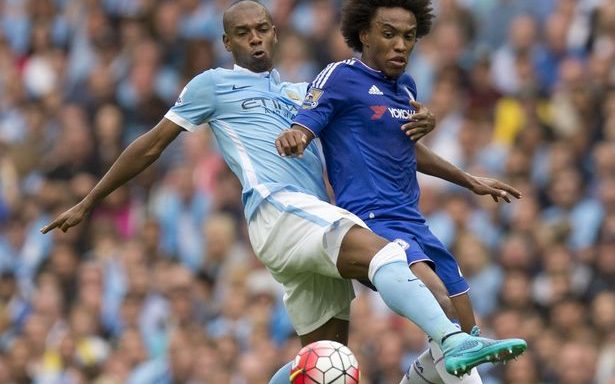Football is back! But how will players conform to the ‘social distancing’ rule?
The Premier League is likely to resume in June, as players get set to return to training from lockdown. Clubs are hoping to be able to start recalling their stars to training this month. Initially, they started with individuals and then small group sessions before full team training can resume.
Arsenal was the first Premier League club to return to training last month after their 47-days isolation. The Gunners’ said their training pitch conformed to Government social-distancing rules.
North London rival, Tottenham Hotspur has also resumed training. According to a report from Spurs, “players will train individually and will have their specific training program and schedule.”
As football is a sport requiring physical contact between players, how can anyone play football and observe social distancing?
Let’s call a spade a spade; it will be a challenge for contact sports such as football to return immediately after the easing of restrictions by observing the distancing rule. Although Arsenal claimed their players worked on a different pitch and have their own footballs to avoid any threat of cross-contamination.
A club source revealed: “We have been looking at opening up the training ground for a couple of weeks now because our players have been in lockdown longer than any other club.
“The players will continue to train in strict isolation on separate pitches and will not be allowed to mingle or socialise together.”
It is a little trickier for players who went abroad during the UK lockdown. Such players could find themselves in a two-week quarantine before they can join their colleagues in training.
Footballers were given permission to head back home when the season was suspended on March 13, and many took advantage of the offer to spend their self-isolation with their families abroad. The Brazilian pair, Willian and Fernandinho took advantage of the offer, and are currently in South America. But with the UK government bent on their rule for travellers arriving in the UK to be placed in quarantine for up to 14 days, it simply means the Brazilian stars could start their training possibly at the end of June or sometime in July.
Some sporting bodies in England are considering the possibility of staging games behind closed doors as an alternative option after the easing of restrictions.
Football behind closed doors sounds simple. It entails bringing the teams to the stadium, keeping the fans out and closed stadium doors, limiting the number of match officials, and let everyone else watch the game on TV. Simple!
Just a few months ago, it was unthinkable to coaches and players that games could be played behind “closed doors.” Before the coronavirus lockdown, Liverpool’s boss, Jurgen Klopp, urged more fans to take their seats at Anfield and make more noise before their clash with Manchester City in November. Klopp said, “I’m a big believer of fan power in the stadium. Come early into the stadium, come inside, nothing to do outside, wait for the team warming up, be there.”
Right now, with the ongoing COVID-19 pandemic, one can certainly guarantee that Klopp will no longer believe in the need for “fan power.”
Once coronavirus lockdown measures are sufficiently relaxed even playing in empty stadiums will be a complex issue.
“People don’t realise just how many essential staff must be at a football match in order for it to go ahead,” a senior figure at a leading EFL club told ESPN. “If or when, football returns, you are looking at between 150 to 200 people inside a stadium, so it won’t simply be a case of 22 players and the match officials.
“For example, we would need six safety officers, even for a closed-doors game. At a bigger Premier League stadium, you would need to multiply that five times, just to cover all the basic requirements. So when football does return, social distancing measures and numbers allowed for public gatherings will have to be much less stringent than they are right now.”
An average of 120 broadcast media are accredited for football games. The people you don’t see are riggers, electricians, technicians, producers, camera crew, sound engineers, behind the scene medical and coaching staff. They are all just as important as the eleven footballers on the pitch. They will all need to be inside a stadium and observe social distancing once football gets the green light to resume.



